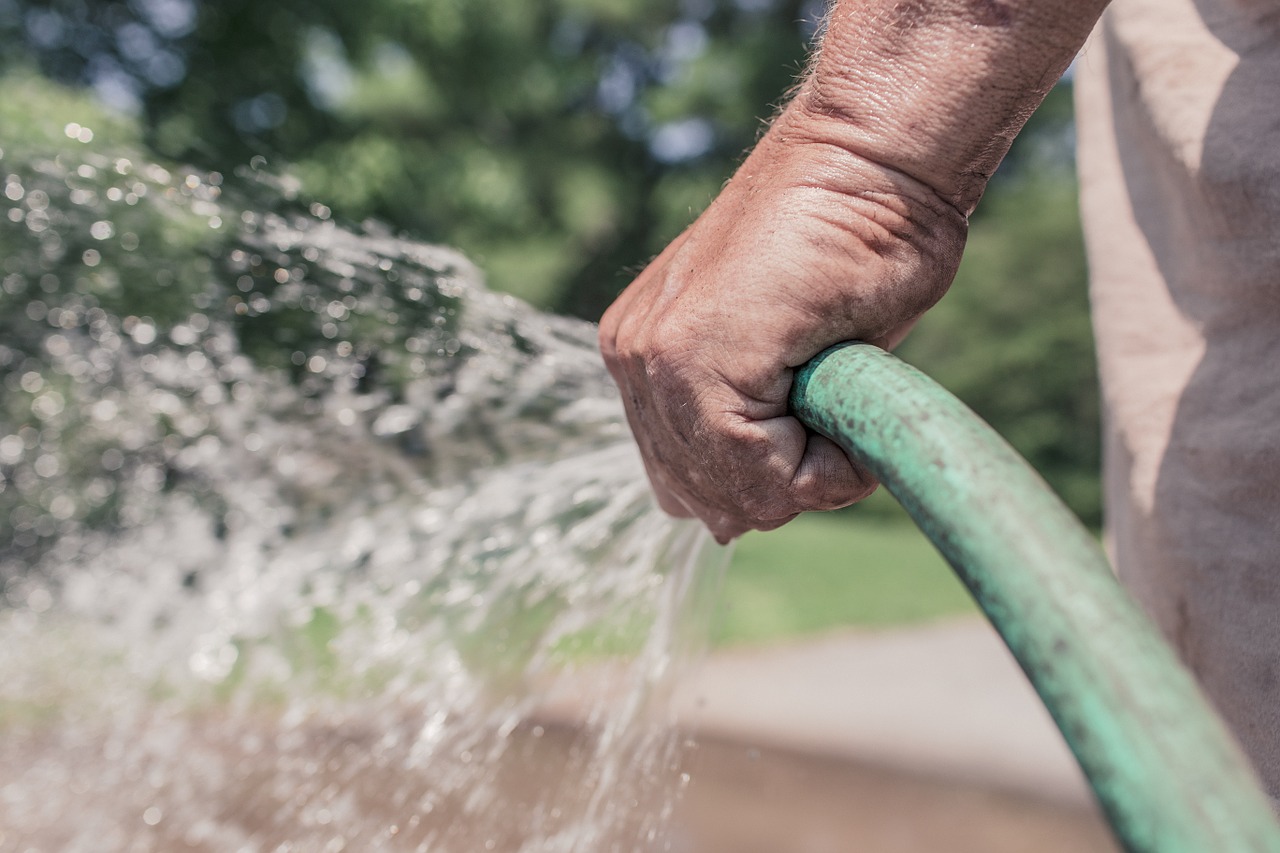
Buying a garden hose can be trickier than it seems. What type do I get? How much length do I need? I am going to manually or mechanically coil it? These are just some of the questions and there are others to boot. There’s also the issue of kinking, and eventually cracking and breaking. A hose with a hole in it is about as good as a car without an engine. We’ll answer some questions, so that you may be more comfortable and confident when you go to buy a flexible garden hose.
How The Hose Is Made
There are different types of hoses due to the various materials the hose is constructed from. Many hoses are made of vinyl (PVC), polyurethane or rubber.
Vinyl (PVC) Hoses
PVC or vinyl hoses are the least expensive, the lightest but it also has the shortest life. If you have a light watering task, and the hose is not exposed to the elements for long periods of time, this is a good hose. They can be constructed with multiple layers: a 2-ply hose is not as strong or as thick as a 4-ply hose, for instance. The layering helps combat this type of hose from cracking and becoming unusable too quickly.
Rubber Hoses
Rubber is considered the traditional material for hose making. It has been the go-to material for many years. Rubber provides flexibility and durability. If you are looking for a flexible garden hose, rubber is a popular choice. Rubber hoses work well in more inclement weather and they are more resistant to cracking and breakage. They tend to be heavier and therefore create more of a hassle to carry and pull over your yard. There are different grades of rubber hose. A heavy-duty rubber hose is safe for hot water as well, such as when you need to drain your water heater.
Polyurethane Hoses
Polyurethane hoses combine some of the benefits of both PVC and rubber. They are constructed so that they are toxic chemical free. Polyurethane hoses are flexible, light and strong. These hoses do not leach impurities. In other words, the hose will not get fertilizer from your yard into the hose onto your car, for example. Polyurethane hoses are BPA free, so they are safe to use and they are not harmful to the environment. These hoses are considered to be an excellent all purpose hose. And due to the material’s resistance to kinking, it is a good choice for a flexible garden hose. This type of hose also has the longest lifespan.
Water Pressure
The water pressure a hose can handle is also of concern. Select a hose that can handle at least four times that of your home’s water pressure. Water pressure tolerances are often between 200 and 500 pounds per square inch (psi).
Hose Size
Which hose size should you get? The longer the better, right? Not so fast. You do not want to pull around a long, heavy hose if you can help it. Plus, a longer hose will give you less water pressure because the water has longer to travel. You should get the hose size that is best for you and your needs.
You’ll want to consider length, diameter and construction for your flexible garden hose. As for length, hoses come as short as 25 feet and as long as 100 feet and sometimes longer. Hose diameters typically measure one-half, five-eighths or three-quarter inches. You’ll want to select the hose diameter that will give you the proper amount of water flow. Of course, the smaller the diameter, the smaller the amount of water and vice versa. In fact, a five-eighths inch diameter hose will give you approximately twice as much water than the slightly smaller half inch diameter hose. Both the small and mid-size are for residential applications, and the largest diameter is a good commercial garden hose. To be safe, the mid-size diameter hose will typically cover most home based watering projects. Hose constructions have been discussed above: vinyl (PVC), rubber and polyurethane.



